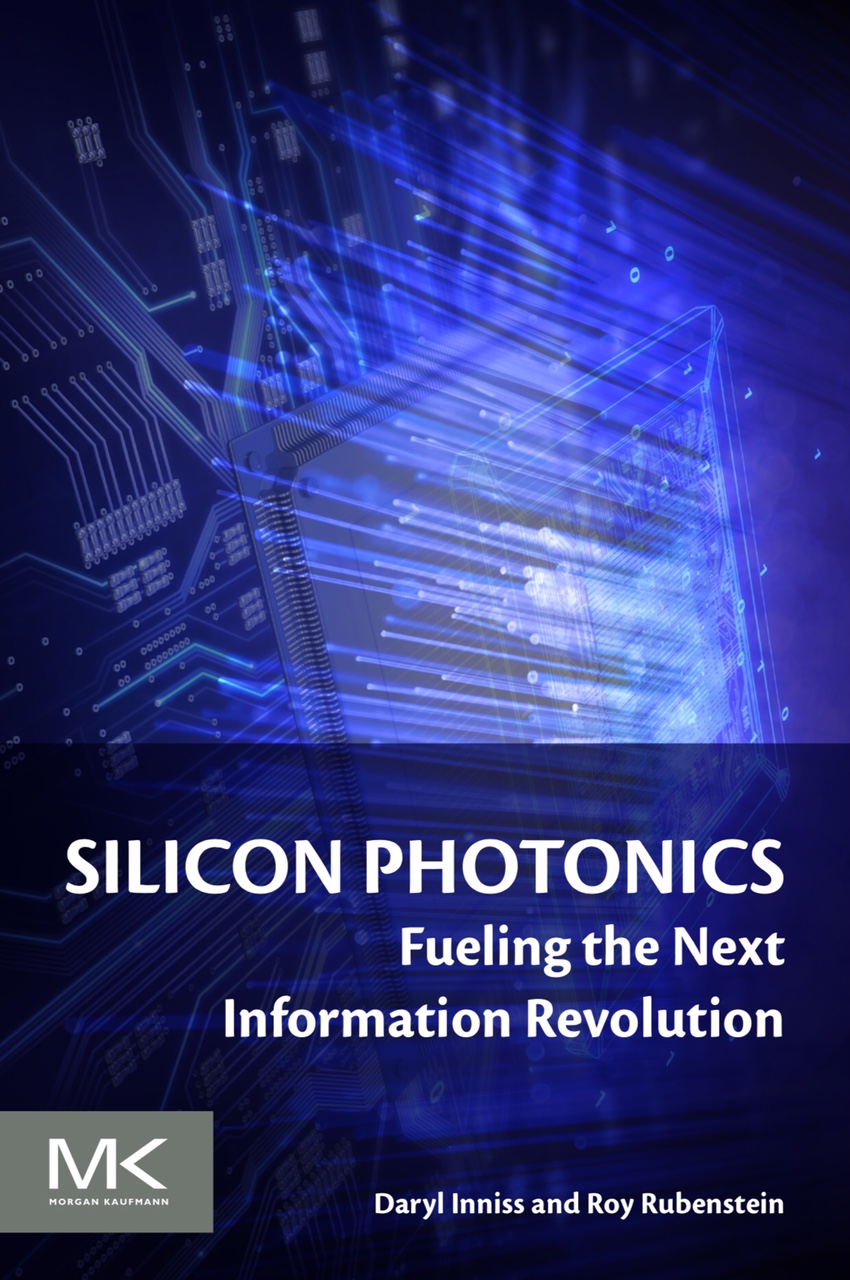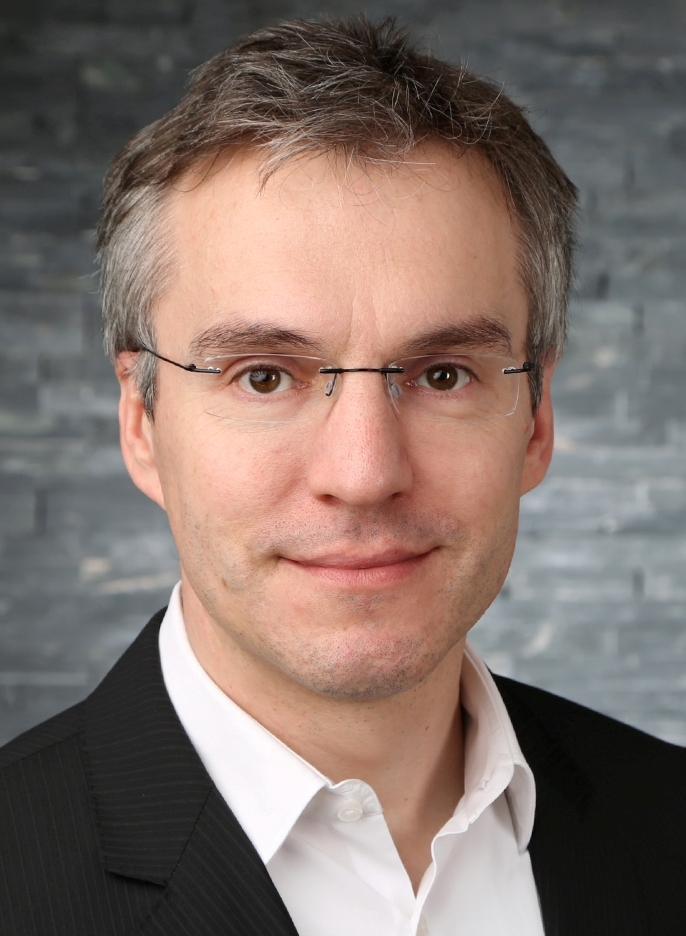400-gigabit coherent modules finally hit their stride
 Tuesday, June 15, 2021 at 1:07PM
Tuesday, June 15, 2021 at 1:07PM NeoPhotonics discusses 400-gigabit coherent modules, the move to 130-gigabaud symbol-rate optical components and a company tunable laser milestone.
NeoPhotonics’ 400ZR pluggable optical modules are now available and will ship in volume from the autumn.
“The QSFP-DD and OSFP 400ZR [optical modules] have passed qualification tests and we are engaged in numerous customer qualifications around the world,” says Ferris Lipscomb, vice president of marketing at NeoPhotonics.
Ferris Lipscomb
400ZR modules implement the OIF’s 400-gigabit standard to connect directly equipment in data centres up to 120km apart without needing separate dedicated dense wavelength-division multiplexing (DWDM) optical transport equipment. The first 400ZR modules will be used by data centre operators.
But coherent pluggables support longer-reach modes. These may be interoperable if implementing the OpenZR+ multi-source agreement (MSA) or when delivering custom optical performance that are referred to as ZR+ modules.
NeoPhotonics has reported that its 400-gigabit coherent QSFP-DD when operated as a ZR+ module can achieve an 800km reach.






